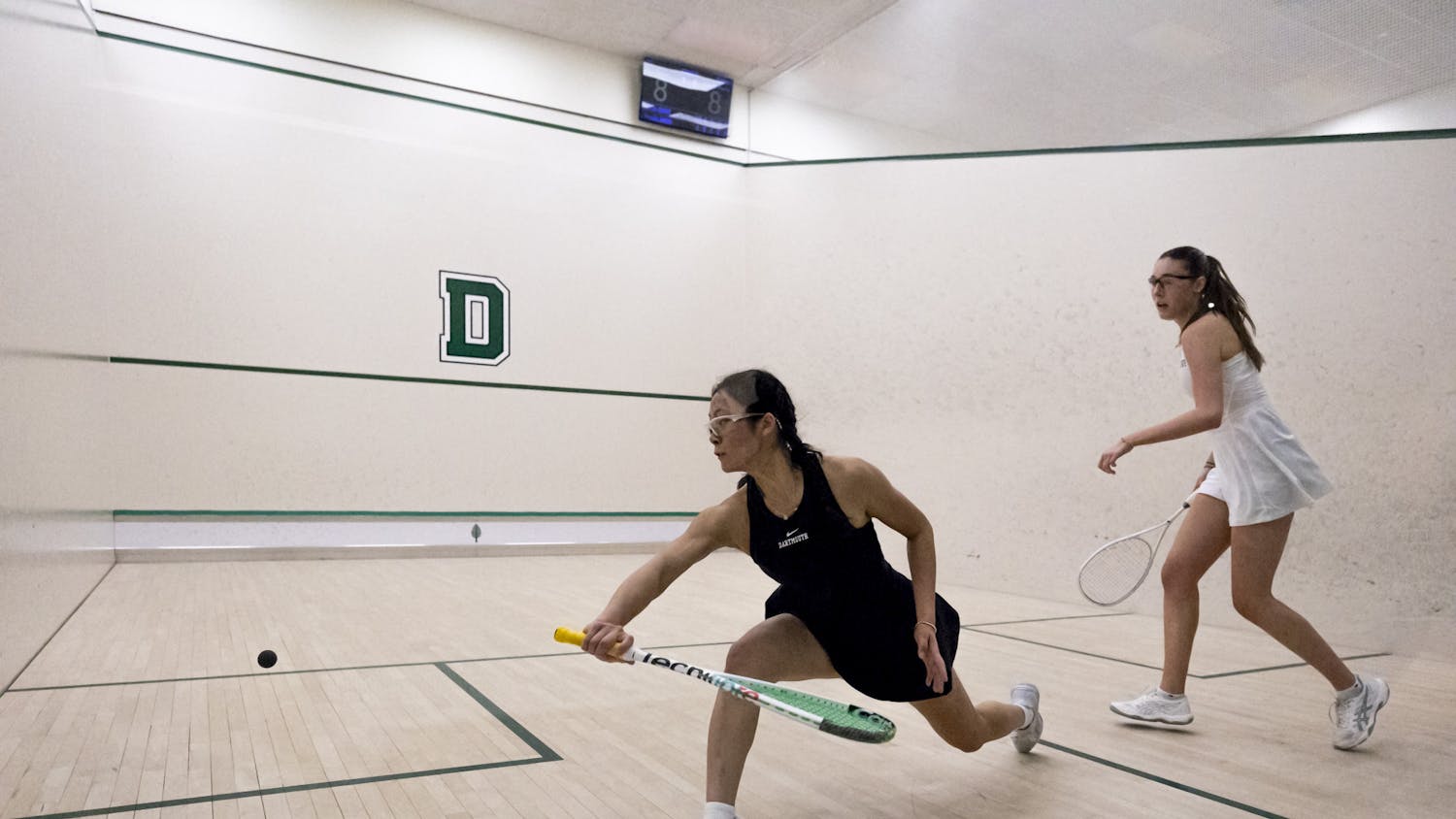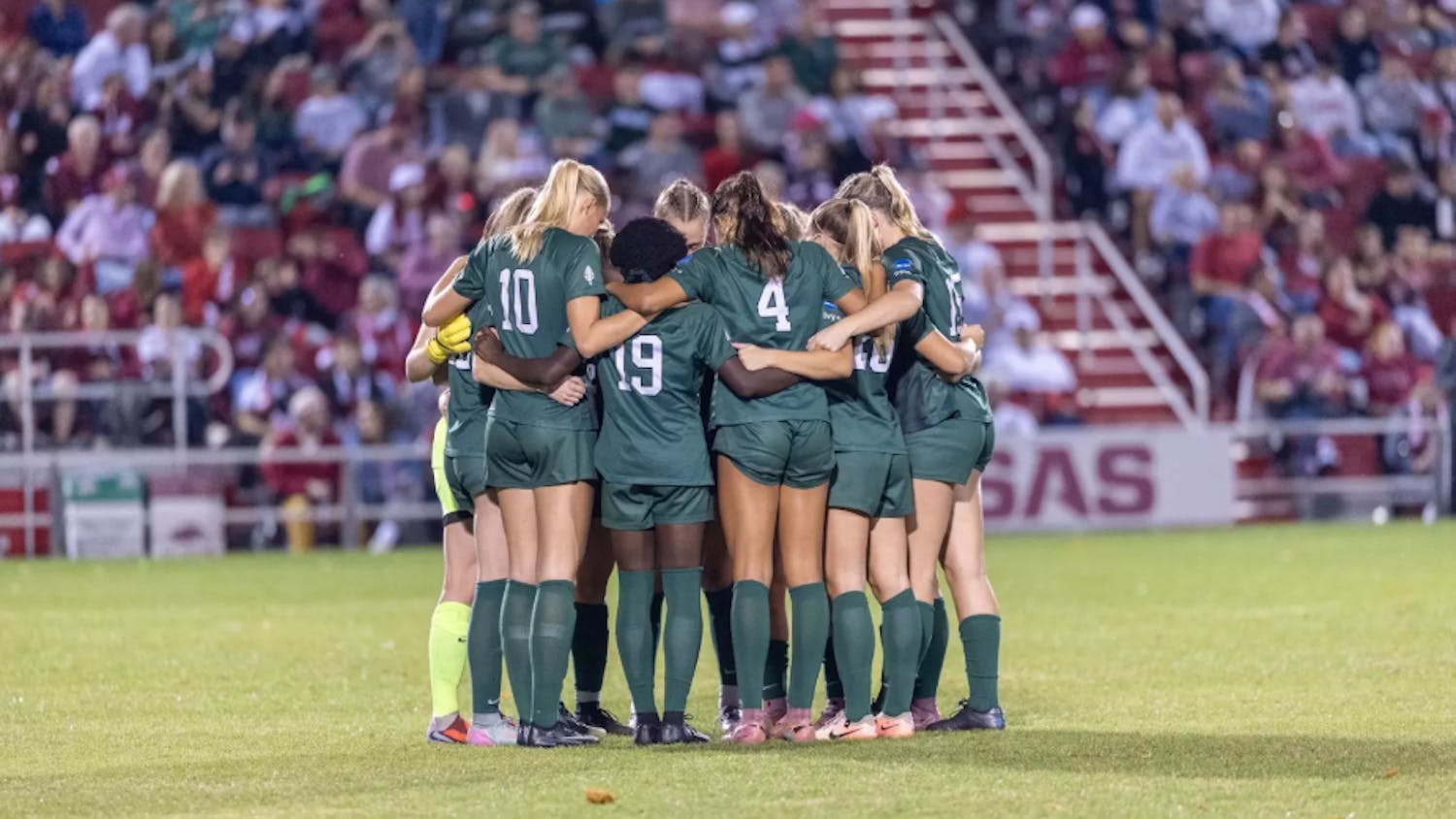Every year since the inception of the NCAA Division I Athletic Performance Program, the Dartmouth athletic program has placed near the top of the NCAA for the number of varsity teams with high Academic Progress Rates.
For the 2005-2006 academic year, 24 Dartmouth teams received scores that merited APP public recognition awards from the NCAA. This number ties Dartmouth with Brown as the second most represented college for the award, behind Yale's 28 teams receiving the honor.
The Academic Progress Rate is a system of measurement instituted in early 2005, initially intended to identify colleges and universities that failed to retain their athletes.
"The system was originally set up to identify schools that were not helping student-athletes towards graduation," said Drew Galbraith, associate director of athletics for compliance and administration.
"It is an awkward fit on any Ivy institution," he added. "Several conferences, including the Ivy group, lobbied the NCAA to focus attention on teams and schools that have done a particularly good job. The system of public recognition began in 2006 and Dartmouth had 24 teams honored."
The Academic Progress Rate is calculated by considering each athlete's eligibility and retention for each term. An athlete can get two possible points per term at Dartmouth, one for retention in the College and another for eligibility on the field. A team score is then calculated by compiling the individual team players' scores over a span of three years. Scores are converted to a one to 1,000 point scale.
Teams are honored if they rank in the top 10 percent of their respective sports. The minimum point value that can be considered in the top 10 percent is a score of 975. Once data for the 2006-2007 academic year is compiled, the NCAA will begin to calculate teams' APRs over a four-year period.
Twenty-two Dartmouth teams earned perfect scores for the 2005-2006 school year. Twelve Big Green teams have notched perfect scores in each of the three years during which scores have been compiled.
With 839 teams from Division I recognized, the Ivy League teams comprised a disproportionate amount of the total. The Ivy League had 152 teams that received a score of at least 975, the number above which the NCAA commends a team for its performance.
With the eight Ivy League schools, this impressive total calculates to an average of 19 teams commended per school, which far surpasses any other Division I conference, the next highest averaging 11.5 teams per school. Almost two thirds of all Ivy League varsity teams were recognized for high APRs, including all of the Ivy League football and men's basketball teams.
Though Dartmouth's performance this year was exceptional, the College, as well as the remainder of the Ivy League, could have still been underrepresented due to trivial factors.
"In many sports, more than 10 percent of the schools nationally have perfect scores," Galbraith said. "So, we have teams that have had one student transfer to another institution in the past three years for purely academic reasons, and because that drops them below a perfect score, they do not receive recognition. All of our teams are operating at a level significantly above the national average. Unfortunately, we have a few that are just outside the top 10 percent."
Nationally, tennis and golf were the most represented sports for the award -- 104 tennis teams and 103 golf teams received APP public recognition awards. Women's teams outnumbered men's teams in number honored, with 473 teams for women compared with 366 for men. Over 6,000 Division I teams were considered for the awards.



